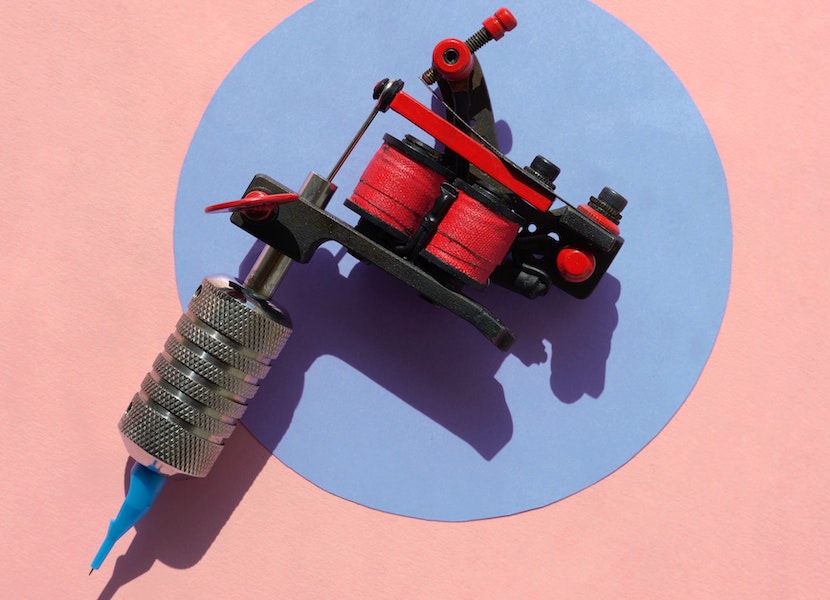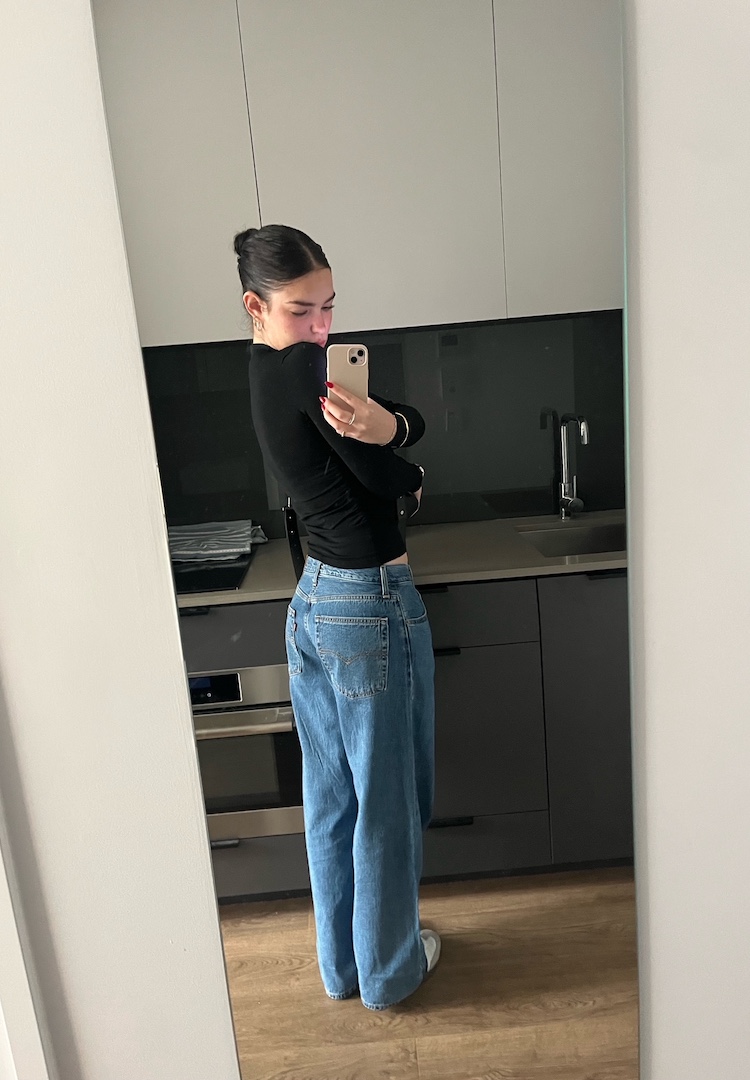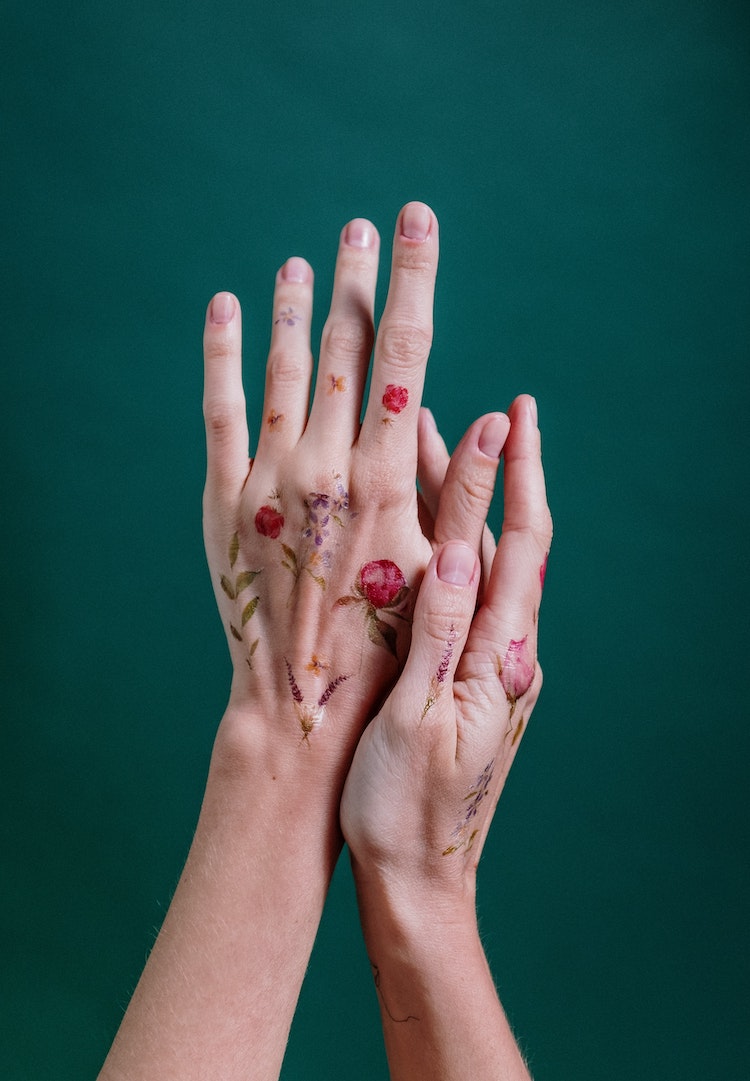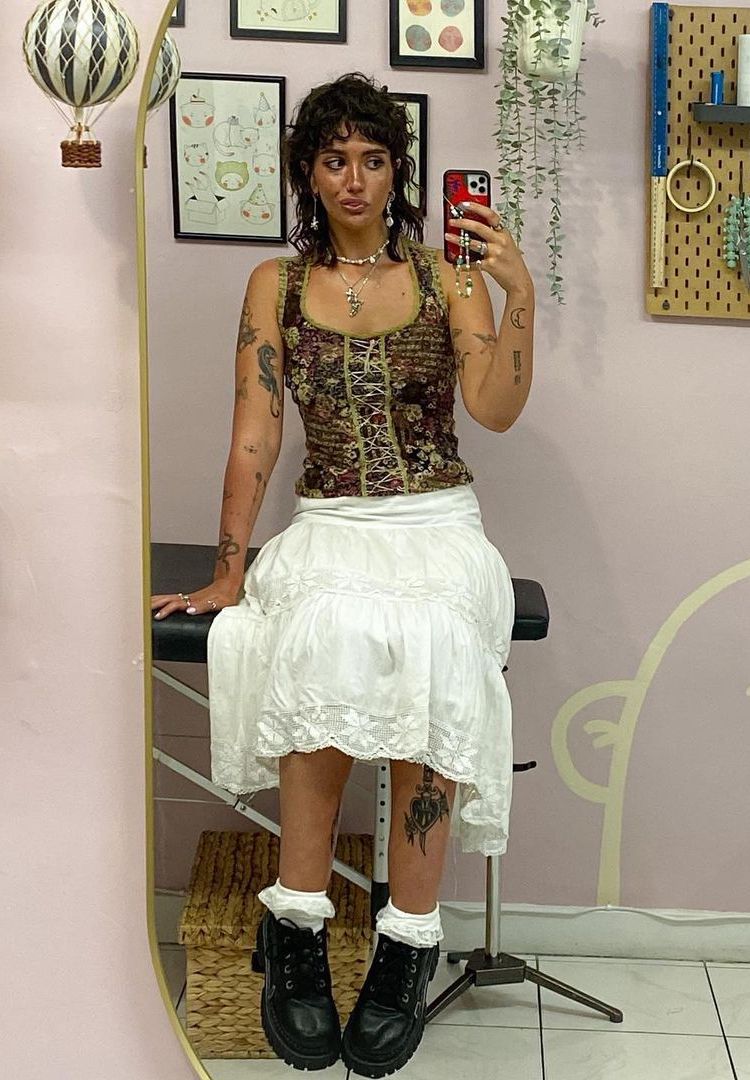
WORDS BY JASMINE WALLIS
A dermal therapist sharestheir tattoo removal tips
As a teenager, my mum told me not to do many things. When I asked to dye my hair black and if I could get a tongue piercing at 14, I was promptly and in no uncertain terms told that I could do whatever my heart desired – when I was an adult. But the one thing my parents always said to never do, age aside? Get a tattoo.
“Tattoos are forever,” they’d tell me as I begged them, yearning to rebel against the conformity of my peers. While I am grateful my mum did not let me get a love heart permanently etched into my wrist at the age of 16 (oh the originality!), there is no denying that attitudes towards tattoos have changed quite dramatically in the last few decades.
Looking to procrastinate in a productive way? Subscribe here and we’ll send more great reads straight to your inbox.
With one in 5 Australians now having one or more tatts, social stereotypes around body art are changing quickly. No longer is it seen as a hindrance to getting a job or that you’re intertwined with a bikie gang. Hey, even golden boy Harry Styles is tatted almost head to toe.
But whether you choose to get a tattoo for aesthetic, cultural or personal reasons – or maybe just for the hell of it – there is one commonality that they all share. They are permanent… or at least they used to be.
Tattoo regret
With more people heading to the ink parlour than ever before, it stands to reason that many more are experiencing tattoo regret. According to one poll, 31 per cent of tattoo-havers regret the decision and while the only option to change a tattoo used to be getting it covered over with an even bigger one, now – thanks to advances in technology – tattoo removal is becoming a more common and widespread choice.
Like my love heart on the wrist idea, many people decide to get a tattoo when they’re younger or as a spur of the moment choice. Often, people just simply outgrow the design they used to love while others want to cover up the initials of a certain ex-partner. (I’m looking at you, Johnny Depp.)
Whatever the reason, the demand for tattoo removal services has surged by 440 per cent in the last decade with one in 10 Australians choosing to get rid of their ink.
So, what are your options?
Over the last few decades, the amount of technologies and options cropping up has grown significantly in order to meet the ever-growing demand of people wanting to get a tattoo removed. But fade creams, acids, dermabrasion and even skin grafts have all been invasive and expensive treatments.
According to The Global Beauty Group, a beauty supplier to the aesthetic industry, the most modern, effective and least invasive way to get rid of your 18-year-old self’s mistake is through tattoo removal lasers.
And the best choice at the moment? Q-Switched lasers. Similar to hair removal lasers, the Q-Switched laser emits light that is absorbed into the melanin. But instead of breaking down the hair follicles, tattoo removal lasers break up the pigment of the ink left in the skin, leaving your skin looking like you’d actually listened to your mum in the first place.
Dermal therapist Elise Andrews explains that tattoo removal lasers work by using, “high-intensity light that shatters the ink into smaller particles so that it can be effectively eliminated via our lymphatic system”. Q-Switched lasers also minimise the risk of heat exposure which can result in skin damage and scarring.
Be warned though, Elise says that although different wavelengths can be used to target the various colours found in tattoos, some are much harder to remove than others (for example white cannot be removed and yellow, green and blue can also be difficult). Depending on the depth of the original tattoo, there also might be some scarring that is difficult to remove – some things to consider next time you are toying with the idea of some new ink.
The process
While this super-smart technology makes it sound quick, the whole process will take a number of months, even years. You are removing permanent ink that’s been embedded into your skin, after all. Elise says that most clients will need around six to 12 treatments depending on the quality, size location and colour.
Because your skin needs time to heal, leaving gaps of six to eight weeks is also recommended. It’s also not a particularly comfortable treatment either – in fact, most find the tattoo removal process more painful than actually getting tattooed. Again, just something to keep in mind when you are whiling away the hours on your favourite tattoo artist’s Instagram feed.
According to Elise, the most important aspect of getting a tattoo removed is finding a qualified therapist. “You should seek a trained clinician that specialises in tattoo removal. Ask whether they do it on a regular basis and if they are qualified.
“Qualified therapists will have undergone training into skin physiology, laser safety and a tattoo removal course so will be able to answer any questions you may have in regards to removing a tattoo or fading it to a level where a cover-up may be possible.”
While you were once stuck with your lingering feelings of tattoo regret permanently, thanks to technology such as laser tattoo removal services becoming widely accessible, we may see the number of people heading to the tattoo parlour rise even further.
Considering Australia is the second most tattooed country in the world, it wouldn’t be surprising to see those stats go up even further and hey… if I can change my mind, maybe I will try out that love heart tattoo after all. Sorry, Mum.
For more information about tattoo removal, head here.

In partnership with the Global Beauty group
Liked this? You’ll love these...
A Melbourne tattoo artist shares the top requests they’re getting right now

Why moving out at 17 was the best thing I did for myself

What to expect from your first tattoo, according to a celebrity tattooist

I asked 10 people with couples tattoos if they regret them


11 Fashion Journal readers share their tattoo regrets






































